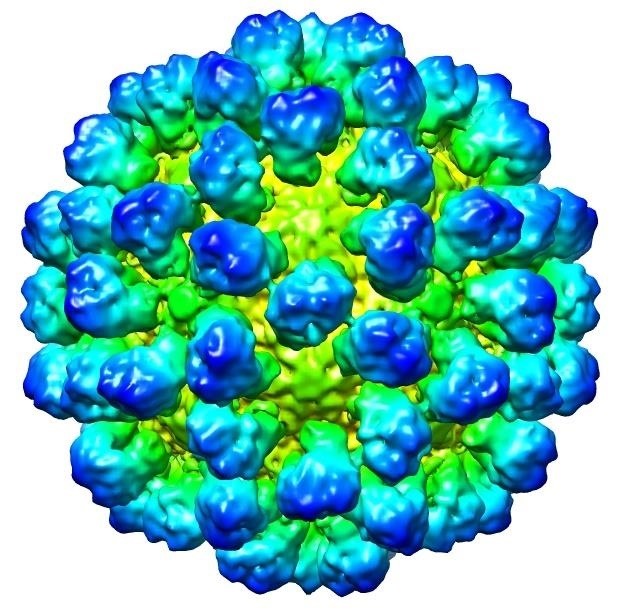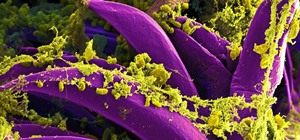Rabbits have been a persistent problem in Australia for over 150 years. Now the Peel Harvey Catchment Council (PHCC) and Peel-Harvey Biosecurity Group have released a strain of the rabbit haemorrhagic disease virus (RHDV), called RHDV1 K5, to reduce the number of pests in the Murray region of New South Wales.
Feral rabbits have adapted to Australia's farmlands, grasslands, and plains causing havoc to the land. They over-consume cropland and cause soil erosion. The rabbits feed on seedlings of trees, and many of these trees are then never able to reproduce. They also move into existing burrows of native animals such as the bilby, and compete with them for food and space. A single female rabbit can produce up to 30 young each year.
The RHDV is already in circulation among rabbits, but is typically spread through insect vectors, such as bush flies and blowflies. The virus is a strain of the original Korean rabbit calicivirus, a disease that damages the internal organs of the animal and causes hemorrhaging. With calicivirus, 70–100% of rabbits will die. The virus was first discovered in Korea in the '80s and has been found worldwide since. It's been used to control feral rabbits in Australia since 1991.

This new strain, K5, kills rabbits relatively quickly and can hit rabbits in the cool, wet, high-production regions of the country where other strains have not been successful in culling the wild rabbit population. It is the first in 20 years to be actively used to control the rabbit population in Australia. The K5 strain is hoped to help manage and slow down the increasing pest population.
Rabbits that are infected with RHDV first develop symptoms anywhere from 24-72 hours after infection and usually succumb within 6-36 hours after the first symptoms appear. Many infected animals show no signs of disease and die suddenly. Some animals may exhibit lethargy or excitement before death. Animals die from the rapid onset of multiple organ failure.
The virus will be released across 600 sites in Australia, with over 150 in Victoria alone, including St Andrews Beach, Fingal, Mount Martha, Red Hill, Balnarring, Somers, Flinders, and Hastings, as well as 200 sites in New South Wales. K5 is mixed with carrots which are then placed in areas where the rabbits populate. The virus then spreads through rabbit-to-rabbit contact.
Conventional methods such as poison and fire to control rabbit burrows is not uncommon, and Murray Local Land Services Manager of Biosecurity and Emergency Services, Geoff Corboy, stated to the Riverine Herald that farmers should have a "pest management approach" at the ready.
We recommend landholders carry out follow-up control measures after the release of the virus. The release of the K5 virus offers a chance for a conversation with neighbours for rabbit control across the landscape.
According to PHCC chief Jane O'Malley, eradicating the pests will increase Australia's agricultural productivity to $206 million (AUD) a year, and lessen the burden on over 150 threatened species that are affected by the presence of feral rabbits. It was approved for release after 18-month testing period.
O'Malley advised owners of pet rabbits to take steps to vaccinate their animals against the K5 virus by visiting their local veterinarian. The Department of Agriculture and Food, Western Australia, also reassured that RHDV1 was specific to feral European rabbits and that in no other animals did the virus develop into a deadly disease.
Just updated your iPhone? You'll find new emoji, enhanced security, podcast transcripts, Apple Cash virtual numbers, and other useful features. There are even new additions hidden within Safari. Find out what's new and changed on your iPhone with the iOS 17.4 update.






























Be the First to Comment
Share Your Thoughts